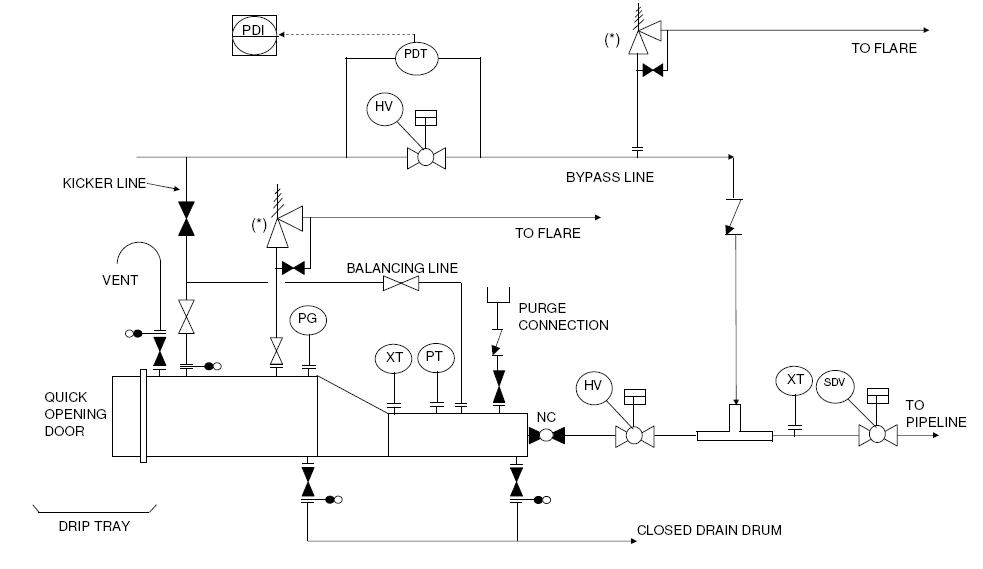Weko
Materials
- Feb 28, 2011
- 48
Dear All,
What is the best design for a pigged trunnion Full bore ball valve design. The valve is attached to the pig launcher and pig receiver (to isolate between the pig and the pipeline)
1. Soft seat vs metal seat?
2. Single piston effect vs double piston effect?
3. Any other special design required? i/e by pas valve, cavity relief etc?
Regards,
Weko A
What is the best design for a pigged trunnion Full bore ball valve design. The valve is attached to the pig launcher and pig receiver (to isolate between the pig and the pipeline)
1. Soft seat vs metal seat?
2. Single piston effect vs double piston effect?
3. Any other special design required? i/e by pas valve, cavity relief etc?
Regards,
Weko A


![[dazed] [dazed] [dazed]](/data/assets/smilies/dazed.gif)